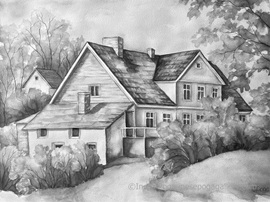

Sketching is a form of visual art that involves creating images, designs, or illustrations using pencils, pens, charcoal, or other drawing tools. It is often used as a foundation for more detailed artwork but can also stand alone as a powerful and expressive medium.

| Name | Specialty | Country | Notable Work |
|---|---|---|---|
| Leonardo da Vinci | Pencil and Charcoal Sketching | Italy | Vitruvian Man, Study of Horses |
| Rembrandt van Rijn | Pen and Ink Sketching | Netherlands | Self-Portraits, Study of Hands |
| Vincent van Gogh | Gesture Sketching | Netherlands | Wheatfield Sketches, Olive Trees |
| Pablo Picasso | Charcoal and Line Sketching | Spain | Blue Nude, Bull Sketches |
| Claude Monet | Landscape Sketching | France | Sketches of Water Lilies, Houses of Parliament |
| Hokusai Katsushika | Ink and Wash Sketching | Japan | Thirty-Six Views of Mount Fuji |
| John Constable | Landscape Sketching | England | Study of Clouds, Sketches of Hay Wain |
| Egon Schiele | Figure and Gesture Sketching | Austria | Portrait of Wally, Seated Woman |
| Michelangelo Buonarroti | Anatomical Sketching | Italy | Studies for the Sistine Chapel |
| Zaha Hadid | Architectural Sketching | Iraq/UK | Conceptual Drawings for Buildings |
Our Sketching Community
We invite you to explore, learn, and grow with our community of sketching enthusiasts. Share your artwork, participate in challenges, and discover inspiration from fellow artists.